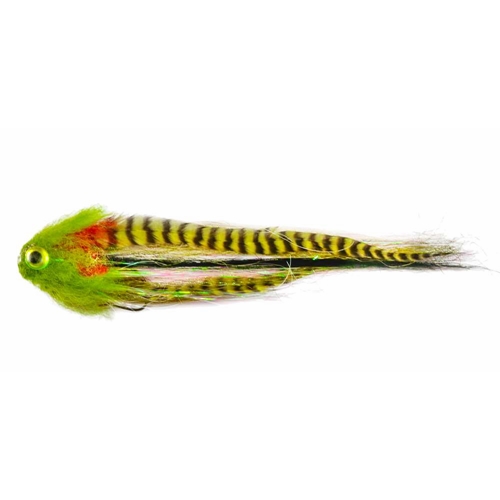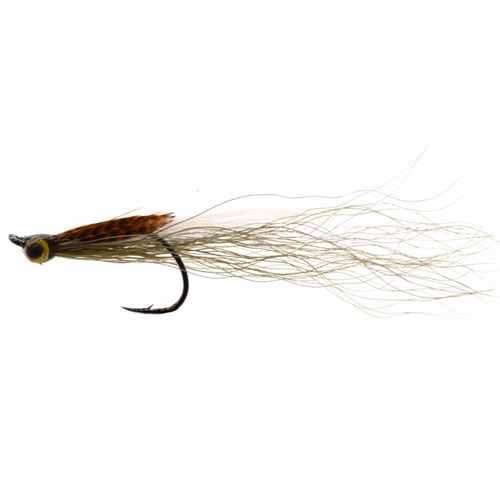Because riffles often include whatever happens to be caught in the main drift when you're fly fishing,you can think of them as conveyor belts potentially filled with morsels of food for hungry fish. Trout will commonly park themselves in the middle of this efficient feeding lane - that they often call home - and feast on these insects.
It is always important to approach a potential holding area for fish with great care and attention to certain details. You need to be aware of sound, light, shadow, and other disturbances; if any of these elements are out of balance, an angler will greatly increase the chance of scaring off a wary fish. However, when approaching a riffle, you can afford to be a bit more conspicuous on your approach. This is due to the fact a riffle offers good cover for a holding fish.
Keep your eyes open for choppy areas, contrasting currents that create nice seam lines, dips, and rises above rocks. These generally the most productive fly fishing spots in a riffle.



















